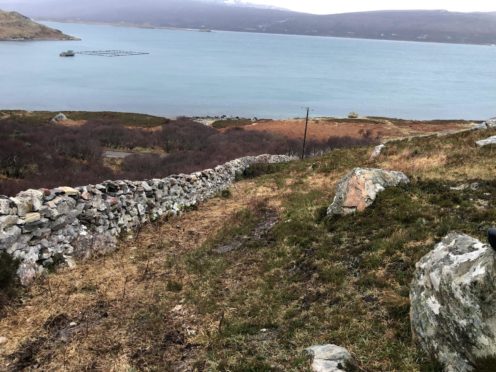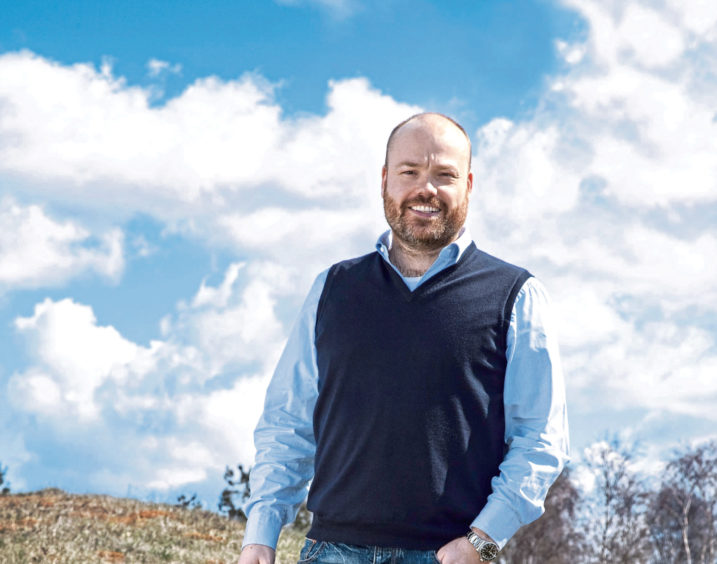An ancient human skull and other bones have been unearthed by workmen on a Sutherland estate owned by Scotland’s richest man.
Police investigated the find on billionaire Anders Holch Povlsen’s 18,000-acre Eriboll Estate.
The partial skeleton is believed to date back 2500 years to the Iron Age.
Dry stone dykers came across the bones under a large boulder earlier this year while working on a major project to restore the estate’s walls.
Detectives from Thurso in Caithness investigated and sent the find away for analysis.
They have now told Mr Povlsen’s company Wildland Ltd that the bones date back to the Iron Age.
Andrew Adamson, estate manager for Wildland Ltd, said the dykers were not shocked at the find as they had worked on world heritage sites around Europe and Russia.
The skeleton was found on a hill above Kempie Bay.
“The skull and bones were placed under a large boulder at the bottom of scree. It was obvious from the start they were pretty old.
“The stone dykers were pretty realistic about the find. They just said they had found a pile of bones. They were probably placed there all those thousands of years ago.
“There is quite a lot of archaeology in the area, a quern stone (a stone tool for hand-grinding a wide variety of materials) believed to be from the same period has also been found.”
It is hoped that a team of professional archaeologists will now explore the area’s ancient history, an investigation triggered by the finds.
Mr Povlsen, who is also Scotland’s largest private landowner with around 220,000 acres under his control, bought the Eriboll estate off the late James Clark – son of famous Conservative politician Alan Clark – in 2016.
Popular locally and a colourful character, Mr Clark also inherited his father’s bluntness.
When a group of uninvited fishermen parked their cars on his estate, he brought out a digger and, around the anglers’ vehicles, dug a moat that they had to fill in before they could leave.
He loved fast cars.
The car shed at Eriboll was full of old vehicles, most of them extravagantly covered in bird droppings.
James died of a brain tumour on August 15, 2019, aged 59.

